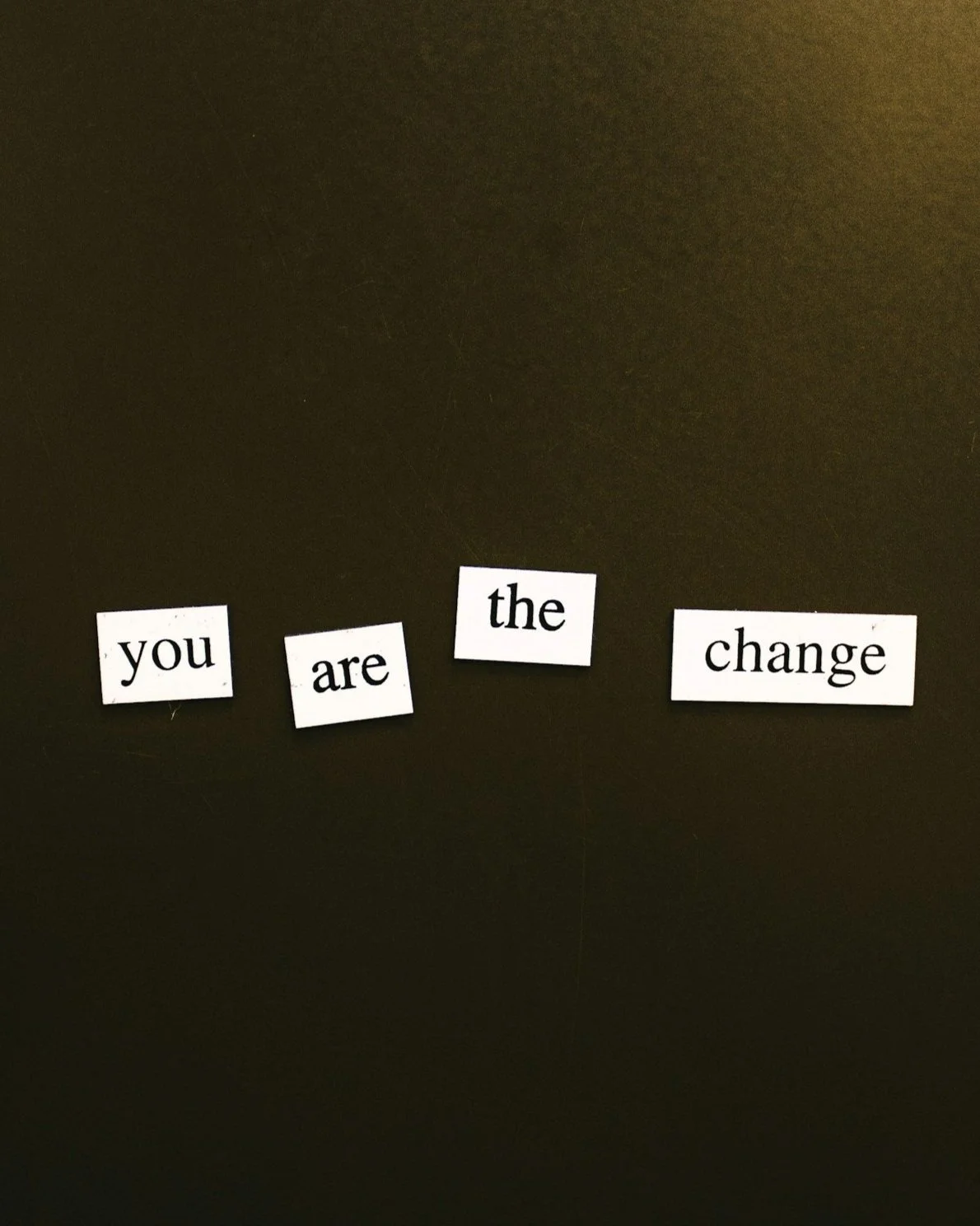go beyond traditional talk therapy.
EMDR therapy in Greensboro, NC
Many of my clients come to me through a search for EMDR therapy. They usually don’t know much about it, but they have someone close to them who has recommended it after experiencing transformation.
EMDR is Right for you if you’re still …
You’ve tried everything you can think of to feel better, but nothing has worked.
Having difficulty regulating your emotions and navigating through many triggers.
Having nightmares and disruptions to your sleep or flashbacks during the day.
Struggling in multiple areas of your life: at home, at work or school, in relationships.
EMDR therapy can help you get a handle on your emotions and feel more peace once memories are reprocessed and stored correctly in your brain.
-
EMDR (Eye Movement Desensitization and Reprocessing) is a powerful, evidence-based therapy originally developed to help people heal from trauma and distressing life experiences. People may have heard about EMDR for trauma support, but one thing they don’t often realize is that EMDR is useful for more than just trauma. It's now used to treat a wide range of concerns, including anxiety, depression, phobias, grief, and more. For many clients my preference is to start with these smaller stressors (as opposed to going to your first and worst memories). This allows you to become familiar and comfortable with the process without being flooded with strong emotions.
When something really stressful and overwhelming happens in our life, our brain sometimes struggles to process the experience the way it normally would. These memories can get “stuck,” leaving us with distressing emotions, thoughts, or physical sensations that continue to show up in the present—often times without us even realizing they’re connected to the past.
EMDR helps "unstick" those memories and reprocess them so they no longer have the same emotional charge and impact on your life now. One way this change occurs is by doing bilateral stimulation—often through guided eye movements, tapping, or sounds—that activate both sides of the brain. While this is happening, I’ll gently guide you to focus on different aspects of a troubling memory, along with the beliefs and body sensations connected to it. We go at your pace, and you are always in control during the session.
The goal isn’t to erase the memory—it’s to change how it’s stored in the brain so it feels resolved. What once felt distressing can begin to feel neutral or even empowering.
Many people report feeling relief and clarity after EMDR, even when they’ve struggled for years to make progress through traditional talk therapy. I hope through the process you learn strategies that you can implement in your daily life, as you continue to work on healing outside of our session.
-
The AIP model is the foundation for our work with EMDR. The model says & I believe:
Memory networks form the foundation of both psychological health and pathology.
Like other body systems, the brain is naturally inclined toward healing. Children have fewer and shorter memory networks than adults.
When an experience is fully processed (positive or negative), it’s adaptively stored and connected with other related experiences about self and others.
High arousal from adverse experiences can disrupt this process, leading to memories that are inadequately processed and maladaptively stored in a state-specific form.
Present-day stimuli may unconsciously resemble past negative experiences, triggering reactions as if the situation is the same as the events from the past.
“The past is present”: Current experiences may be interpreted through the lens of unresolved, negatively charged memories.
These unprocessed memories, along with their components (images, thoughts, feelings, body sensations, beliefs), shift and update during reprocessing.
Reprocessing occurs when focused attention on a past memory, combined with bilateral stimulation (BLS), activates the brain’s natural ability to make new, adaptive connections.
Once reprocessing is successful, disturbing memories are neutralized and integrated with other adaptive memories.
Helpful information is retained for future use, while outdated or harmful content (e.g., distressing beliefs or emotions) is released.
-
EMDR (Eye Movement Desensitization and Reprocessing) is a therapy approach that helps you heal from painful or overwhelming experiences that may still be affecting how you think, feel, and react today—even if those events happened a long time ago. If you're considering EMDR, you're likely ready for something to shift, and you want a process that honors both your past and your present.
Here’s what working together with EMDR might look like:
First, we get grounded.
Most of the time we won’t jump into deep trauma work right away. We’ll take time to build trust and safety—both in our therapeutic relationship and inside your own nervous system. I’ll teach you skills to regulate and soothe when things get intense, so you feel more equipped and less overwhelmed as we go.Next, we identify the target memories.
These might be big “T” traumas or smaller but still impactful moments—times when your system got stuck carrying fear, shame, or limiting beliefs like “I’m not safe,” “I’m not enough,” or “It’s my fault.” You don’t have to relive these memories in detail. EMDR allows your brain to process them without getting retraumatized.Then we reprocess.
This is where the EMDR magic happens. Using bilateral stimulation (usually through tapping, sometimes eye movements), we help your brain do what it naturally wants to do: make sense of the experience and file it away properly. You’ll stay connected and aware throughout the process. You’re in the driver’s seat the whole time.Finally, we integrate.
As the distress from the memory fades, your perspective starts to shift. You might feel more calm, more compassionate toward yourself, or more confident in situations that used to trigger you. We’ll support those changes and help you carry them into your daily life.A few things to know:
You don’t need to know how to “do it right.” Your system knows how to heal—we’re just supporting the process.
EMDR can be emotionally intense, but it’s also deeply empowering. You’re not just revisiting pain—you’re moving through it. Feel it to heal it.
We’ll always go at a pace that honors your capacity and keeps you grounded.
I make sure prior to ending a session we have closed up the memory and you leave feeling regulated with your body feeling neutral or positive.
If you’re curious, nervous, or unsure—bring that in. You don’t need to show up any certain way or read all the books to begin this work. You just need to show up as you are.
-
First and foremost, EMDR helps your brain do what it was built to do: heal.
EMDR supports your system in processing unhealed memories so they no longer feel so raw, charged, or defining. It’s not about erasing the past. It’s about helping you relate to it differently—so it no longer hijacks the present.
Here are some additional ways EMDR can help:
Reduce emotional reactivity to things that used to trigger panic, shame, or shutdown
Heal trauma from abuse, accidents, losses, or other painful events
Unhook from old beliefs like “I’m not enough,” “I’m unsafe,” or “It was my fault”
Feel more regulated, less stuck in survival mode, and more at home in your body
Reclaim your voice, boundaries, and sense of choice in relationships
Move forward, not because you’ve “let it go,” but because it finally feels resolved
The changes can be subtle at first—maybe you sleep better, feel a little lighter, or respond differently to something that used to send you spiraling. Or they can be big. Either way, your system is moving toward integration, relief, and resilience.
EMDR helps you stop surviving on high alert and start living with more freedom, clarity, and ease.
At the end of the day, I want you to know:
There is healing and freedom that comes from the work we do. You have the opportunity to let go and move forward to live life differently. I have witnessed my clients experience incredible changes. Years of turmoil, medications, and mental health diagnoses are no longer part of their story. Let’s make that your story, too.
Is EMDR right for you?
EMDR is a good fit for you if you…
You feel stuck in patterns or reactions that don’t make sense but won’t go away.
You’ve had painful or overwhelming experiences that still feel “close,” even if they happened years ago.
Certain memories, images, or sensations keep looping, no matter how much insight or talking you’ve done.
You want healing that goes deeper than just managing symptoms—you’re ready for resolution, not just coping.
You’ve tried other therapy approaches and felt like they helped some, but didn’t quite get to the root.
You’re curious, open, and willing to try something different—especially if it might bring real relief.
What we’ll work on
With EMDR, you can…
Break free from old beliefs like “I’m not safe” or “I’m not enough.”
Process painful memories so they no longer hold the same emotional charge.
Respond to stress and triggers with more calm, clarity, and choice.
Reclaim parts of yourself that got shut down or buried in survival mode.
Heal the root of anxiety, shame, or self-doubt—not just manage the symptoms.
Begin to feel more whole, grounded, and at home in your body and your life.
Let’s work together to put these memories where they belong.
Ready to get started?
You don’t have to keep carrying the weight of past experiences on your own. If you’re feeling stuck, overwhelmed, or like you’ve tried everything and nothing has really changed—EMDR might be the next right step.
Healing is possible, and you don’t have to figure it out alone.
Reach out today with questions or to book your first session.
Questions?
FAQs for EMDR
-
No.
EMDR doesn't require you to go into the full story. You just need to bring the memory or feeling into awareness enough for your brain to begin reprocessing it. You stay in control of how much you share. It’s your preference. The great part-your brain still does the incredible work even if you choose not to talk about parts of it.
-
I get I already went over this, but in case you missed it above and went straight for the FAQs:
EMDR uses something called bilateral stimulation (like eye movements, tapping, or sound) while you hold a memory in mind. This helps your brain link up and digest the stuck pieces of the memory, moving it from distressing to resolved. It’s a natural healing process—we’re just giving it some support.
-
Possibly.
Sometimes emotions can come up between sessions as things begin to shift—but we’ll put grounding tools in place before we begin and check in regularly. You won’t go into this unprepared, and you won’t go through it alone.
-
It depends. Some people experience relief quickly, especially with specific events. For others—especially if there’s complex trauma or multiple layers—we take more time. We'll move at a pace that feels right for your system, not rush to meet a timeline.
-
Trauma is a big part of it, but EMDR can also help with anxiety, grief, phobias, low self-esteem, perfectionism, and more. If something keeps coming up that feels out of proportion or stuck in a loop, EMDR can help.
-
You don’t need a big, dramatic event for EMDR to be helpful. Sometimes the moments that shape us most are quiet, ongoing, or hard to name. If it’s impacting you now, it matters—and it’s worth healing.
-
I’ve got you.
You don’t need to come in with a plan (that’s actually using a different part of your brain than the area we will be working in). I have techniques to help support you in selecting memories and finding the connections to the past.


